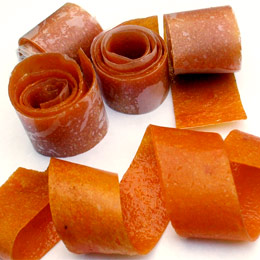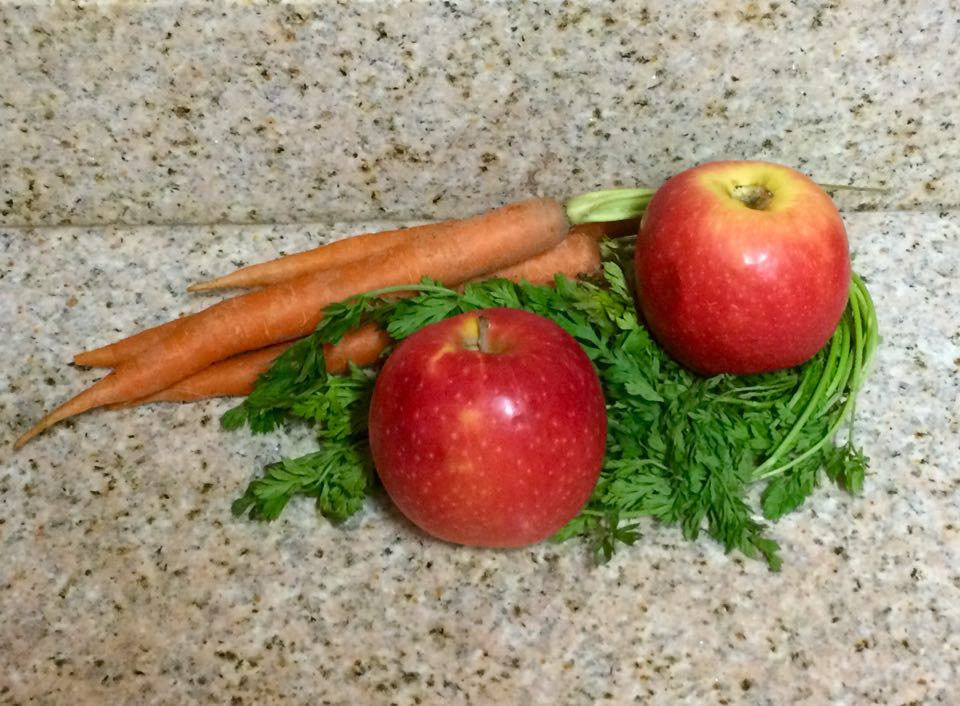“Tomorrow we will can plums, and the next day we’ll start on the peaches. We’ve only got eighty-three lids left, so all too soon this sweltering work will be over, and everything we can’t cram under a lid will be left to rot in the summer sun.”
–Jean Hegland, Into the Forest
Jean Hegland’s Into the Forest, a book about survival and family and youth, is also at times a book about food. In the midst of an indefinitely long power outage and miles from even the nearest neighbor, sisters Nell and Eva must struggle to live. At first, they merely ration the food they have in the house, assuming the power will return. Their diet is limited: beans, rice, flour, eggs retrieved from the family chickens, and vegetables canned by their father. Protagonist Nell savors cups of tea made from a fraction of a teabag and craves hot dogs, waiting for the lifestyle she knows to return.
It doesn’t.
As the situation becomes direr, the sisters manage to plant a vegetable garden from seeds left by their father and spend hours preserving the produce, until “the house itself felt like a quart jar that had just been lifted from the boiling water bath” (180). Eventually, they also begin to harvest plants from the nearby forest, including strawberries, acorns, and various herbs. In theory, they have become self-sufficient; the near-apocalyptic situation is no longer a concern for them.
Conceptually, a prolonged power outage seems like it shouldn’t be so daunting. Plenty of people have lived without power, and some still do. However, this novel presents our dependency in a new and strange way. Without power or gasoline, there is no music, no communication, and no access to the foods we enjoy and expect. Given that I felt completely lost when local grocery stores stopped selling my favorite candy (no worries—I found some months later at CVS), I can’t even begin to imagine living without basics like flour or milk.
On top of that, losing electricity also eliminates most of our modern preservation techniques. As Hegland shows, leftovers can’t be frozen, and the makeshift river cooler made by the girls’ father is only mildly helpful. In the novel, the characters preserve their food by boiling water and canning as much produce as they can. I wasn’t quite ready to commit to a process that Hegland associates with words like “blistering,” “throbbing,” “scalding,” and “swollen,” but I figured I could manage a simpler preservation method. Mother Earth Living suggests a few manageable methods for preservation amateurs.
 The only process I’m even vaguely familiar with is that of making fruit leather—that is, pureed and dried sticks of fruit. It’s simple enough, and can be made with just about any fruit and even some vegetables (even Martha Stewart does it!). To get further into the spirit of the novel, I picked produce that I have hand-harvested at least once in my life. In Wisconsin, I frequently saw corn, carrots, wheat (mostly for beer, of course), cranberries, apples, and a few other fall vegetables. I would have liked to use my personal favorite, cranberries, but their season is relatively short and occurs in early winter. In fact, in Alabama, their season is even shorter—fresh cranberries only exist in grocery stores for about two weeks around Thanksgiving. With those out of the question, I went with some reliable alternatives: apples and carrots.
The only process I’m even vaguely familiar with is that of making fruit leather—that is, pureed and dried sticks of fruit. It’s simple enough, and can be made with just about any fruit and even some vegetables (even Martha Stewart does it!). To get further into the spirit of the novel, I picked produce that I have hand-harvested at least once in my life. In Wisconsin, I frequently saw corn, carrots, wheat (mostly for beer, of course), cranberries, apples, and a few other fall vegetables. I would have liked to use my personal favorite, cranberries, but their season is relatively short and occurs in early winter. In fact, in Alabama, their season is even shorter—fresh cranberries only exist in grocery stores for about two weeks around Thanksgiving. With those out of the question, I went with some reliable alternatives: apples and carrots.
Making fruit leather involves softening and pureeing the fruit, then drying it for several hours. This method can be used for just about any fruit (or softenable vegetable) and in any ratio. In the spirit of the novel, the recipe can be made completely without electricity. In the spirit of my sanity, it can also be made with a blender and an oven while drinking coffee from an electric coffeemaker and listening to music. I’ve included instructions for both methods in case you’re more motivated than I am.

Preserved Apple-Carrot Leather (makes 24 servings)
Ingredients
6 pink lady apples, chopped
8 large carrots, peeled and chopped
4 cups water
2 tbsp lemon juice
2 tbsp honey
Instructions (With Electricity)
Preheat the oven to 150 F. Thoroughly grease two cookie sheets. Place the carrots and water into a medium pot and boil for 10 minutes. Add the apples and continue to boil for 10 more minutes. Drain most, but not all, of the water from the pot. Pour the fruit and remaining fluid into a blender and puree. Add the lemon juice and honey to taste and mix thoroughly. Your mixture should be fairly thick—if you are concerned that it’s too thin, feel free to simmer it on the stovetop until it thickens up. Spread evenly over the cookie sheets. Place in the oven for about 7 hours, until the mixture is dry to the touch but not browned. Turn off the oven and let the leather cool and dry further in the oven overnight. When finished, the fruit leather should peel easily off of the pan. Cut or roll it in any shape for easy storage. This should last at room temperature for 1-2 months.
Instructions (Without Electricity)
Thoroughly grease two cookie sheets. Place the carrots and water into a medium pot and boil over fire for 10 minutes. Add the apples and continue to boil for 10 more minutes. Drain most, but not all, of the water from the pot. Pour the fruit and remaining fluid into a bowl and mash. Add the lemon juice and honey to taste and mix thoroughly. Your mixture should be fairly thick—if you are concerned that it’s too thin, feel free to simmer it over your fire until it thickens up. Spread evenly over the cookie sheets. Place your cookie sheets outside in the sun for 12-16 hours. When finished, the fruit leather should peel easily off of the pan. Cut or roll it in any shape for easy storage. This should last at room temperature for 1-2 months.
––By Carissa Schreiber


I’m inspired–thanks!